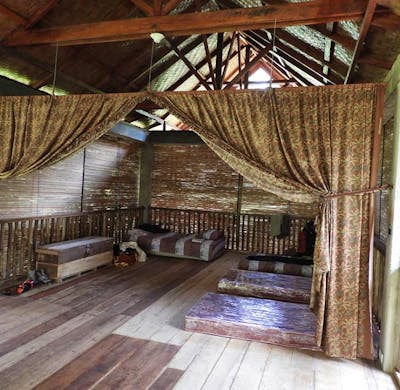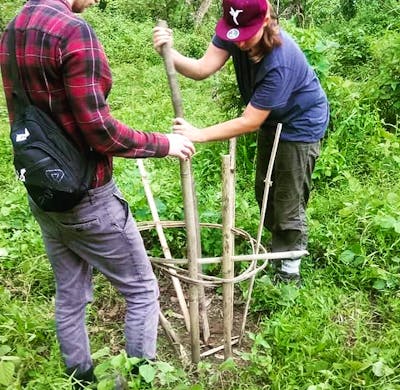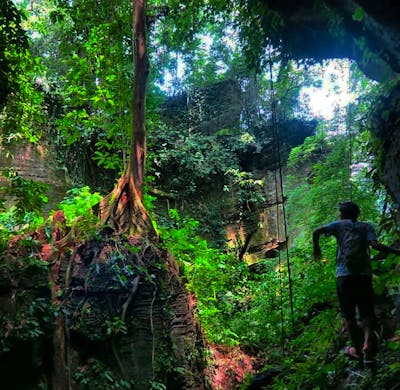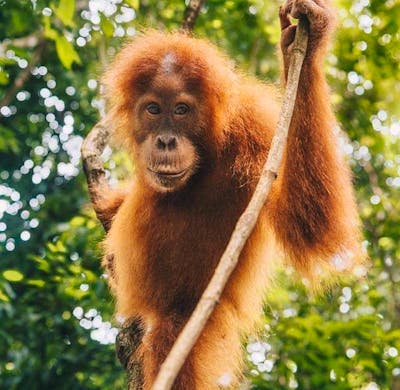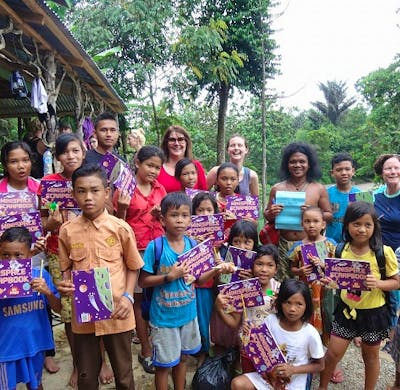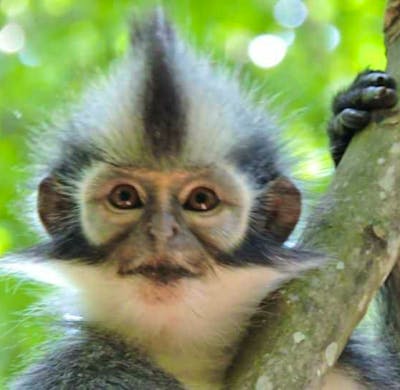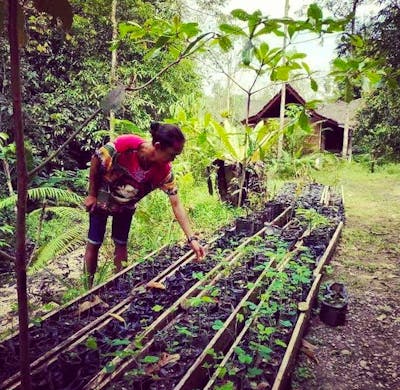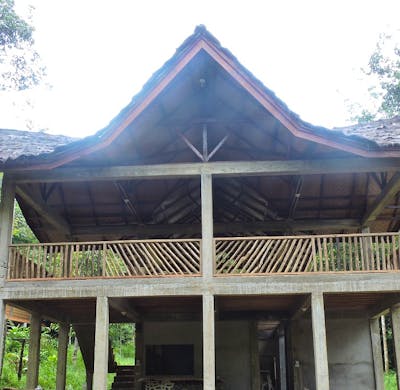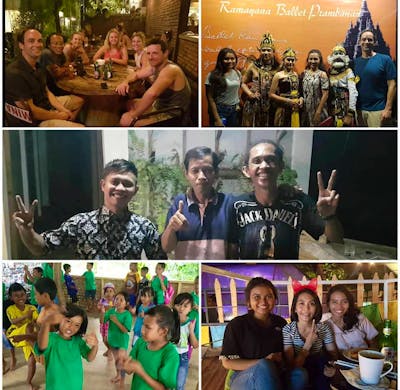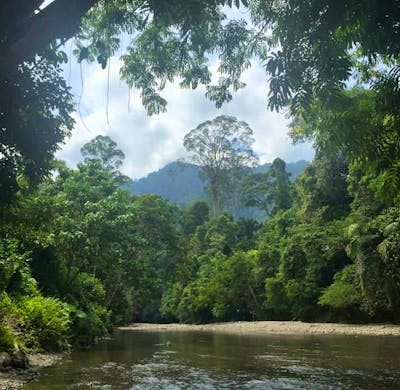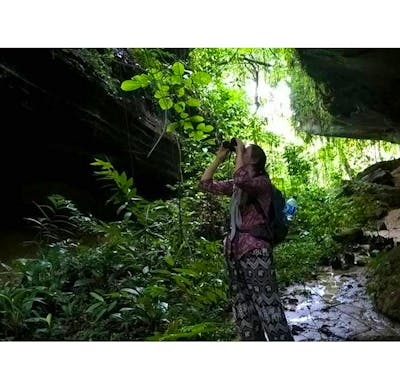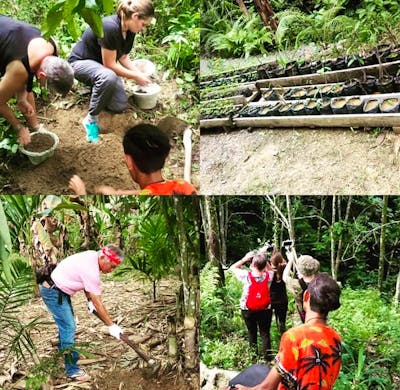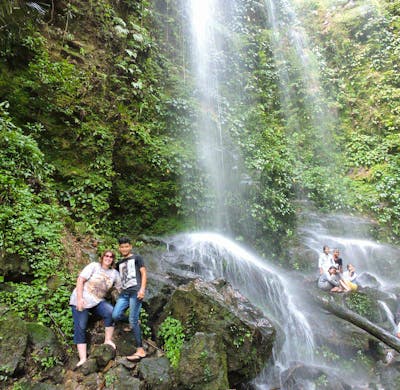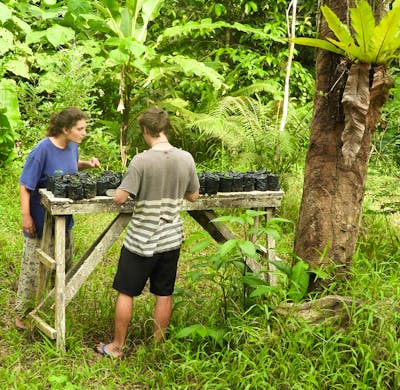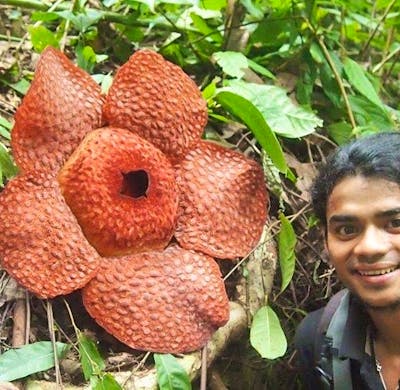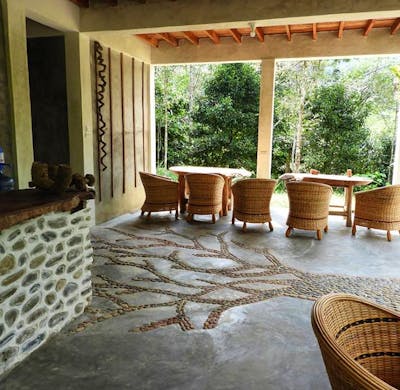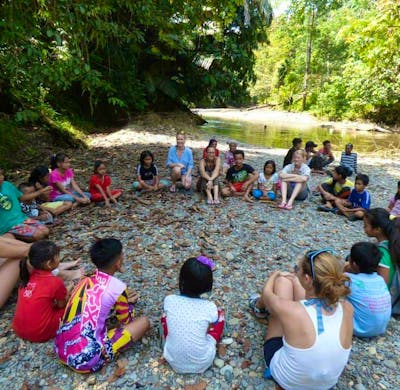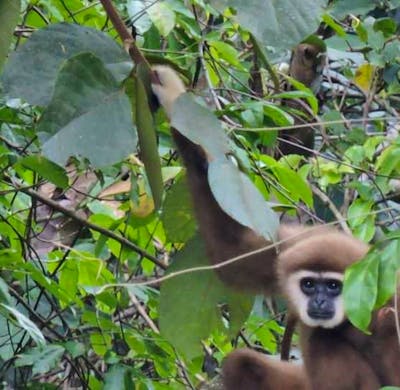2022 at Orangutan and Wildlife Research
ab 1.290€
Orangutan and Wildlife Research
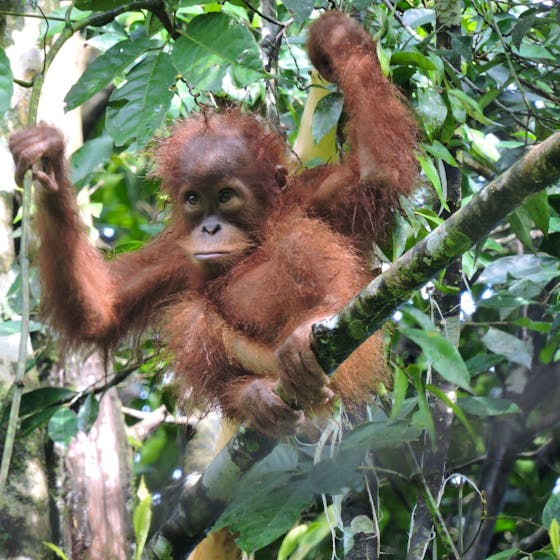
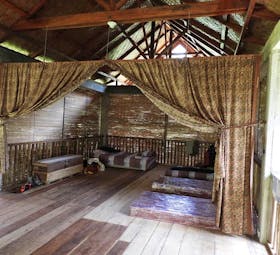
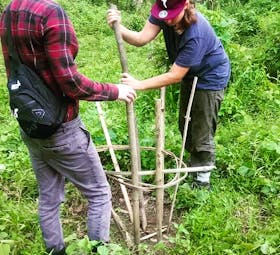

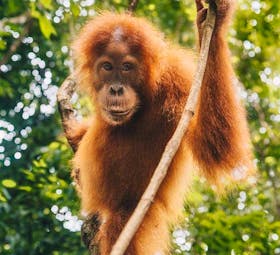
Highlights
- This is an exciting opportunity for people with a conservation related degree or students studying conservation to gain experience in the field for a career in conservation.
- Immerse yourself in the jungle. Wake to the sounds of primates calling along the river in the morning!
- Be amazed by the abundance of wildlife in this rare and beautiful Biolink area adjoining the Gunung Leuser national park.
- Immerse yourself in the local culture. Meet the locals, they will make you will feel like one of their family! Make memories and friendships that last a life time.
- Explore the jungle, rivers, markets and surrounding villages in your free time.
Besonders geeignet für
Über das Programm
Join our hands on conservation team to protect the orangutan living in our wildlife corridor. You will provide vital research for the success of our community led program
We are a grass roots community based conservation program, run by a group of dedicated local people who are passionate about nature and the environment and who want to protect the animals and rain forest where they live. If you are looking for a hands on conservation project where you can monitor ...
Tagesablauf
The main daily tasks of the Primate and Wildlife Conservation Research position are as follows.
The main purpose is to conduct environmental research, mapping and provide technical advice to support the local conservation team in protecting the orangutan and other wildlife that live in this ...
Freizeitaktivitäten
Batu Kapal is a beautiful jungle location in mountains adjacent to Gunung Leasur National Park on the Landak RIver and just 15-20 minutes by motorbike or a 50 minute walk from the village of Bukit Lawang - prime wild Sumatran orangutan country.
In your spare time on the weekends you will have the ...
Voraussetzungen
Leistungen
Was ist NICHT inklusive?
Informationen zur Anreise
Volunteers are welcome to join are program throughout the year at times that suit you!
You can arrive and depart at Batu Kapal base camp on Sunday through to Friday between 8am and 8pm. Please note there is no check in on Saturdays.
If you arrive at the airport on Saturday, we suggest you stay Saturday night in Bukit Lawang the closest village and arrive at the project site on Sunday.
Prior to Arrival
Your passport must be valid for a minimum period of six months from the date of entry into Indonesia. Entry to Indonesia will be refused and airlines may not carry passengers holding passports with less than six months validity. You are required to retain your arrival card for presentation to Immigration upon your departure.
In order to enter Indonesia you will need a visa. Most nationalities are eligible for an e-visa or a 30 day visa on arrival ($35US extendable for 30 days) or you can arrange a 60 day visa before you arrive (extendable twice). Please check the current visa requirements and your nationality's eligibility with your local Indonesian embassy before you arrive.
You will fly to Medan airport (KNO) on the project start date, preferably between 9am - 5pm so you do not arrive too late at the project site, we are approximately 4 to 5 hours from the airport.
Please check with your doctor regarding the current vaccinations required to travel to Sumatra
Programmgebühren
Lerne deine Organisation kennen

Batu Kapal Conservation
Agentur - gegründet 2016
von Volunteer World verifiziert
Veranstaltet von
Batu Kapal Conservation
Über die Organisation
55 Bewertungen ·  4.5
4.5
Lage

Das könnte dich auch interessieren
-
Makake
Orang-Utan
Sumatra
Südliche Grünmeerkatze
Großaffenschutz
Affenschutz
Auslandsfreiwilligendienst
Wildtiere in Indonesien
Flexible Freiwilligenarbeit
Freiwilligeneinsätze für College-Studenten
FSJ im Ausland
Paare
Beste Freiwilligenprogramme
Freiwilligenarbeit Kurzprogramme
Projekte im Ausland
Erwachsener
Senioren

